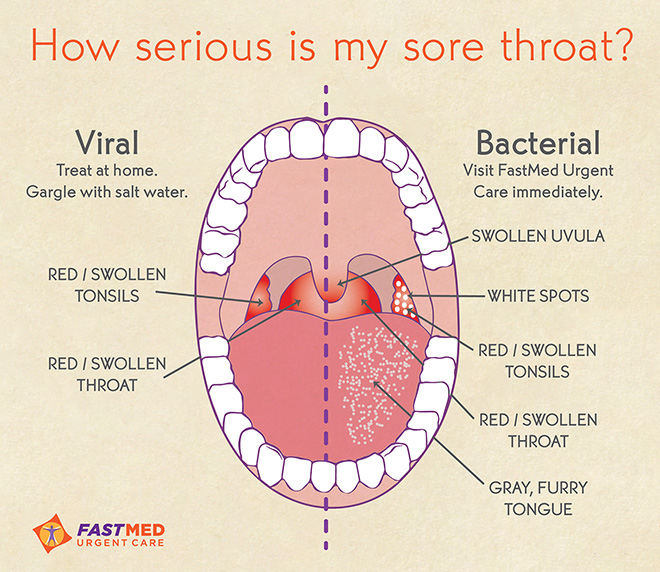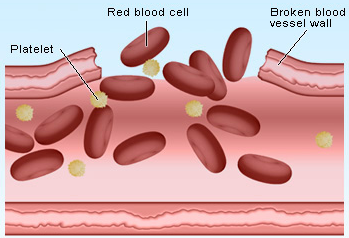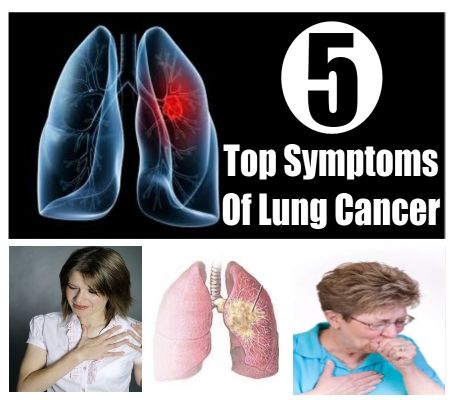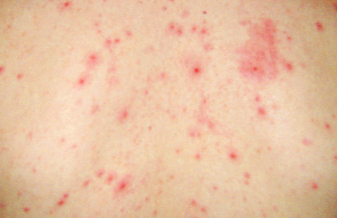
Strep throat is caused by an infection called streptococcus pyogenes
This picture of strep throat illustrates the inflammation and irritation that occur due to this infection. Symptoms and signs of strep throat may include:
Throat pain which usually comes on suddenly. Painful chewing or swallowing. Small red and inflamed tonsils, sometimes even with white spots or streaks of blood.
A common symptom of strep throat is soreness around the mouth. This occurs when the throat gets infected. Another sign and symptom of strep throat are the yellow to red discharge that often occurs in the morning or when we lie down. The discharge may be a white or yellowish or greenish.
If you have a cold or sore throat, you may want to take an antibiotic if it is not too severe. However, if your throat has the signs and symptoms listed above, it is probably something more serious. Your doctor will order a test for streptococcus so that an accurate diagnosis can be made.
Antibiotics are prescribed to treat the underlying cause of the strep. When the underlying cause is not treated, the strep will begin to increase and the bacteria become resistant to the antibiotics used to treat the strept.
Once the bacteria are resistant, strep can become difficult to cure. The treatment of strep is usually a series of antibiotics. You will be given a course of antibiotics in combination with other treatments.
When the bacteria are resistant to the antibiotics you are given, you may want to seek medical attention to make sure that your infection does not become too severe. If your throat has the signs and symptoms listed above, then it is time to get to the doctor. If the throat is sore or infected, it may also be time to get an antibiotic to treat it and prevent further strep from occurring.

Antibiotics will not cure the illness completely. They will help fight the symptoms and keep it from getting worse but will not completely get rid of it.
In order for your body to be able to fight off strep, it needs to have healthy amounts of good bacteria as well. If you do not have healthy bacteria, then your body will not be able to fight off the germs and bacteria that cause the illness. Therefore, the only way to get rid of strep is to cure it naturally.
If you follow the directions and use the antibiotics as directed, the bacteria will not become a problem
The antibiotics kill the bacteria and allow the immune system to fight it back and the condition will be gone after about four weeks.
You may have to repeat the process several times until the condition is completely cured. As mentioned, antibiotics do not cure strep completely.
There are several natural cures that can be applied to the throat to help your body's defense mechanism to fight off strep. There are different homeopathic remedies, homeopathic teas and herbal supplements that can be used to fight the bacteria.
Natural supplements that have been proven to increase the strength of your immune system. There are also some natural treatments such as apple cider vinegar and garlic.
As mentioned before, it is possible to get a cold or sore throat without having a fever. It is important to get to the doctor if you believe you have this kind of condition because of the possibility of a strep infection. If the throat has these symptoms or the signs and symptoms listed above, then it is important to see a doctor.



